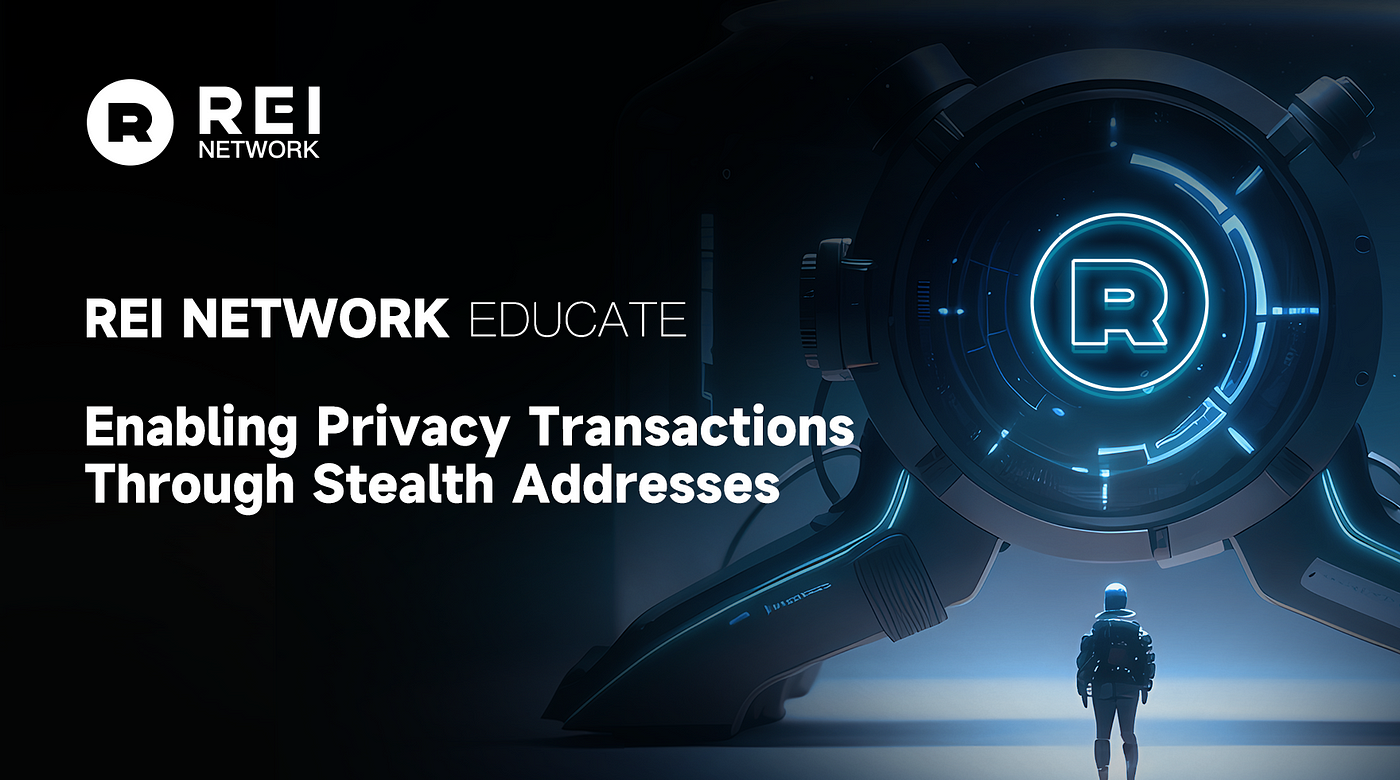
Stealth addresses are privacy-enhancing technologies used in cryptocurrency transactions, allowing users to send and receive tokens without exposing their public addresses.
Why Privacy Addresses are Necessary?
Public blockchains like Ethereum and REI Network are transparent, allowing users to explore wallet information using blockchain explorers. While Ethereum wallets can generate numerous addresses, analysis tools can still trace related addresses, potentially revealing the owner’s identity. Without proper wallet separation, investors may be vulnerable to malicious attacks.
Early Privacy Projects in Blockchain
To address privacy concerns, early blockchain projects like Dash (using coin mixing), Monero (using ring signatures and stealth addresses), and Zcash (using zero-knowledge proofs) incorporated privacy-focused solutions.
Development of Stealth Addresses
In August 2022, Nerolation proposed combining zero-knowledge proofs (ZK) with ERC-721 for anonymous NFT transactions. Vitalik suggested a simpler approach called ERC721S. Stealth addresses work by generating a one-time address for each transaction, providing privacy by allowing the recipient to control the new address.
Principles of Stealth Addresses
Stealth addresses involve creating a temporary private key and public key pair for each transaction. The payer sends funds to a new address, controlled only by the recipient. This process is manual but is later streamlined using zero-knowledge proofs (ZK) to make it more practical and secure.
Application of Stealth Addresses — Nocturne Protocol
The Nocturne Protocol utilizes stealth addresses, allowing users to anonymously send and receive funds within internal accounts. Users can prove ownership of funds without revealing their identity, enabling various transactions while maintaining privacy.
Application of Stealth Addresses — Umbra Protocol
Umbra Protocol enables private transactions by allowing payers to send ETH or ERC-20 tokens to an address controlled by the recipient. The on-chain transaction appears to transfer to the Umbra public address, concealing the recipient’s identity. The recipient uses a private key to claim the funds.
Integration Possibilities with REI Network
Stealth Addresses in REI Network Transactions:
-
REI Network can collaborate with protocols like Nocturne and Umbra to support REI tokens.
-
Users can send REI tokens within the REI Network ecosystem while maintaining privacy between the sender and recipient.
Stealth Addresses in DeFi Applications within REI Network:
-
DeFi applications in the REI Network ecosystem can leverage stealth addresses to refund users any difference between expected slippage and actual on-chain transaction costs.
-
Stealth addresses enable the protocol to execute transactions, cover transaction costs, and return any excess costs to the stealth address, preserving user privacy.
By integrating stealth addresses into the REI Network ecosystem, users can enjoy enhanced privacy and security in their transactions, contributing to a more robust and confidential decentralized finance environment.